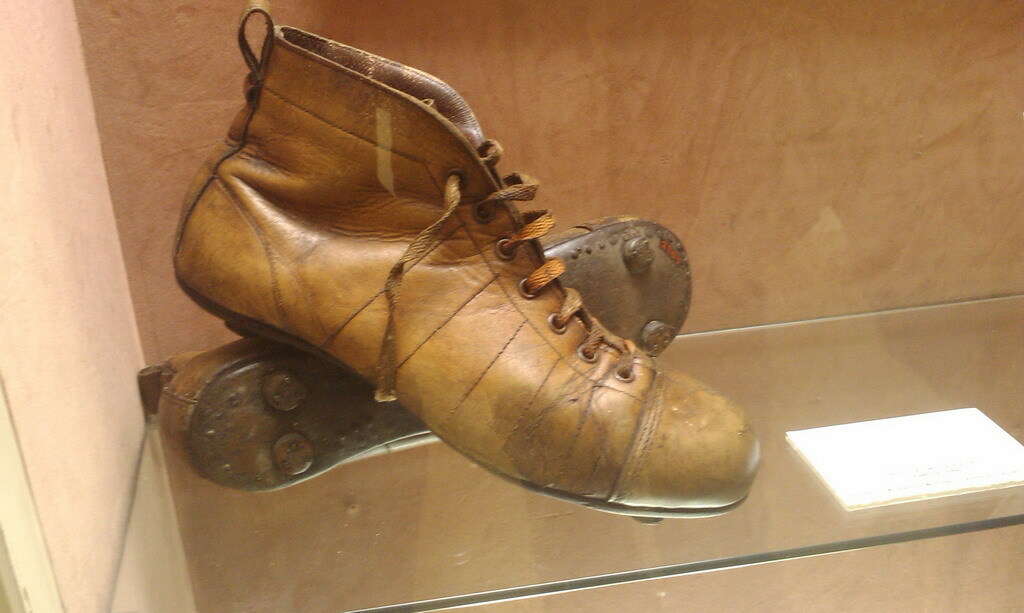Boots are sports shoes designed for playing football or rugby. These are sneakers, but not quite ordinary ones. Their sole is covered with durable spikes, which help the athlete not to slip on the lawn while playing.

@4footballteam
Boots have come a long way before becoming the shoes we are all used to. The first mentions of them date back to the Middle Ages, and their appearance sometimes changed beyond recognition.
So, back in the 16th century, the English king Henry XIII injured his leg during a sports competition. Then he ordered to come up with and make special shoes that would protect against such accidental injuries. This version of the appearance of the boots remains a guess, since there is no material confirmation of it in the form of surviving boots or any records.
Officially, the history of these sports boots begins in the 18th century. At the beginning of the century, athletes used heavy leather boots with metal plates in the toe to play football.For better grip on the surface, metal spikes were attached to the sole, and a long lace was used to securely fix the boot on the foot. However, such shoes caused inconvenience, as it was too difficult to run in them. In addition, it was considered very dangerous due to the large number of metal elements. After some time, its use was banned.

@tr.pinterest.com
In 1891, boots were remembered again. They were allowed to use, but under one condition: the spikes on the boots must be leather, smoothly rounded and rise no more than half an inch.
The boots were used in this form until the end of World War II. In 1925, replaceable studs were invented, and in the 50s the football world learned about the so-called carved studs, which were also removed from the sole.
Traditionally, boots were high and hid the ankle. It was only in the 60s of the twentieth century that changes in design took place: these sports shoes became lower and lighter, thanks to which football players were able to not only run faster, but there were also significantly fewer injuries.

@batigoal.livejournal.com
To make modern boots, natural or artificial leather, flynit or polyurethane are used. The most optimal material for such shoes is kangaroo leather, but it is quite expensive, and therefore the boots will not be cheap.
However, today a certain trend has emerged in the production of sports shoes: they are increasingly made from synthetic materials, which are not only cheaper than natural ones, but are also not inferior in quality characteristics. Thus, flynit is popular - a material that looks like knitwear.It is light, does not rub the skin at all, is well ventilated and lasts a long time.
The most budget option is polyurethane boots. These shoes are cheap and therefore accessible to many. Polyurethane is a soft and lightweight synthetic material that retains heat well, but does not allow air to pass through at all (perhaps this is its only disadvantage).

@footballekip
The main thing in boots is the spikes, the number of which on the sole varies. So, the following types of sports shoes are distinguished: